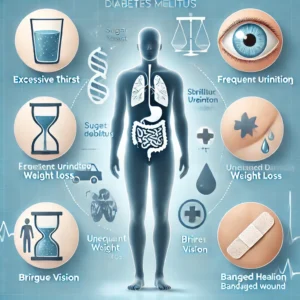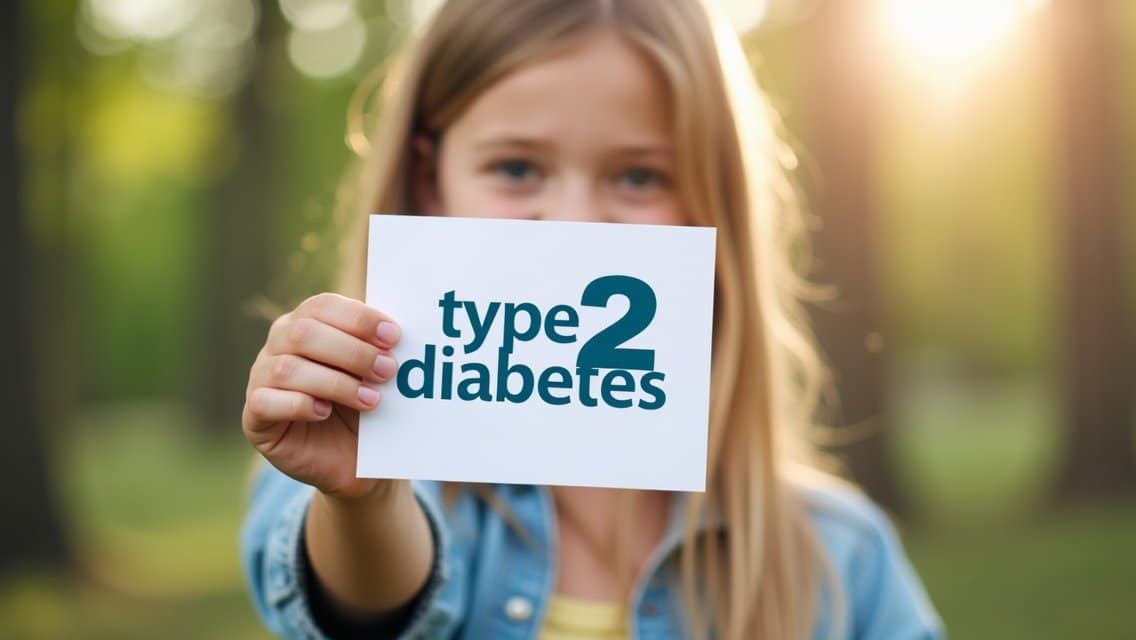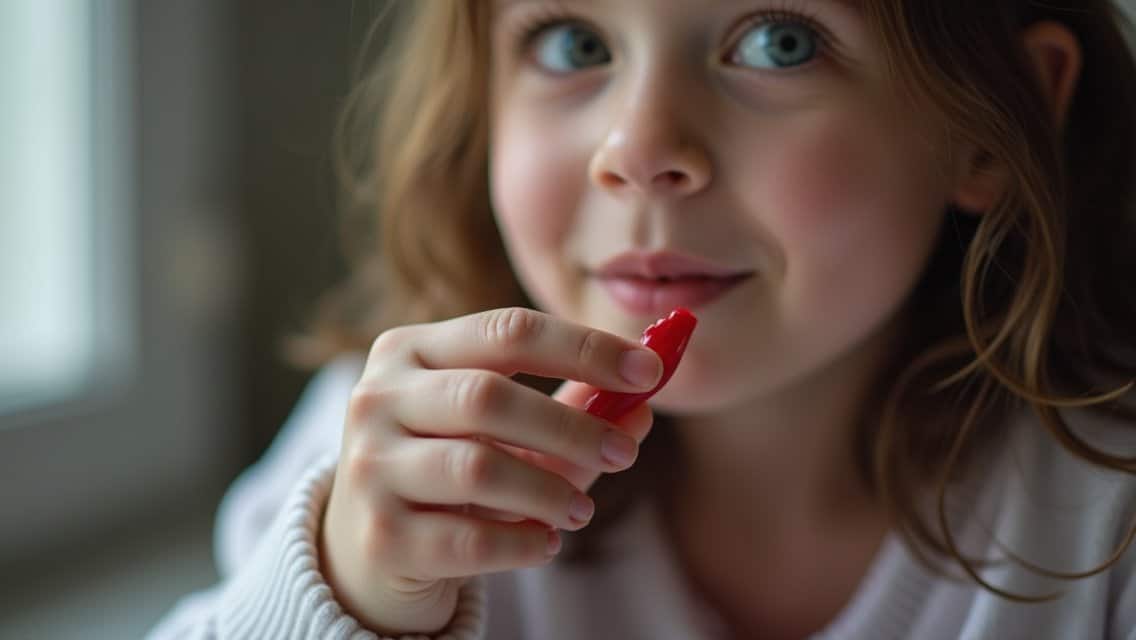Signs of Sugar Diabetes
Diabetes is has become a common sickness among people around the world. It is rapidly growing worldwide and it may affect more than 600 million people by 2030. There are mainly 2 types of diabetes. Type 1 diabetes and Type 2 Diabetes. What we are going to study here is, sugar diabetes and the signs of sugar diabetes.
Useful Articles: 1. What is Diabetes? Basic Information. 2. Natural Treatment for Diabetes. 3. American Diabetes Association
What is Sugar Diabetes?
“Sugar diabetes” is a commonly used term to refer to diabetes mellitus, a condition where the body has difficulty regulating blood sugar (glucose) levels.
Diabetes occurs when the body either doesn’t produce enough insulin (a hormone that helps cells absorb glucose) or can’t effectively use the insulin it produces.
This results in elevated blood sugar levels, which can lead to various health complications if not managed properly.
There are two main types:
- Type 1 Diabetes: The body’s immune system attacks and destroys insulin-producing cells in the pancreas, leading to a lack of insulin.
- Type 2 Diabetes: The body either becomes resistant to insulin or doesn’t produce enough insulin. This type is more common and is often linked to lifestyle factors like diet, obesity, and inactivity.
Both types of diabetes require careful management of blood sugar levels through diet, exercise, medication, and sometimes insulin therapy.
What are the Signs of Sugar Diabetes?
The signs of “sugar diabetes” (diabetes mellitus) can vary depending on the type and how high your blood sugar levels are. Here are common signs and symptoms of both Type 1 and Type 2 diabetes:

Common Signs and Symptoms
- Frequent Urination (Polyuria): Increased blood sugar levels cause the kidneys to filter out excess glucose, leading to more frequent urination.
- Excessive Thirst (Polydipsia): As you urinate more, your body loses fluids, making you feel very thirsty.
- Increased Hunger (Polyphagia): Despite eating, people with diabetes often feel very hungry because the body isn’t able to properly use glucose for energy.
- Unexplained Weight Loss: Especially in Type 1 diabetes, weight loss can occur despite eating more because the body breaks down muscle and fat for energy when it can’t use glucose.
- Fatigue: High blood sugar can make you feel very tired because your cells aren’t getting the glucose they need for energy.
- Blurred Vision: Excess sugar in the blood can pull fluid from the lenses of the eyes, affecting the ability to focus.
- Slow Healing Wounds: High blood sugar can impair blood flow and damage nerves, leading to slow healing of cuts and infections.
- Tingling or Numbness in Hands or Feet: Known as neuropathy, this can happen when high blood sugar damages nerves over time.
- Frequent Infections: High blood sugar can weaken the immune system, making people more susceptible to infections like gum disease, urinary tract infections, or yeast infections.
Useful Articles: 1. Treatment for Type 1 Diabetes. 2. All About Hemorrhoids: Treatment and Prevention. 3. All About Mental Health
Specific Signs in Type 1 Diabetes:
Rapid Onset of Symptoms: Symptoms in Type 1 diabetes often appear suddenly and can include nausea, vomiting, and stomach pain.
Diabetic Ketoacidosis (DKA): This is a serious complication of Type 1 diabetes where the body starts breaking down fat, leading to the production of ketones, causing vomiting, dehydration, confusion, and even coma.

Specific Signs in Type 2 Diabetes:
Gradual Onset: Symptoms may develop slowly over time and can be mild, sometimes going unnoticed for years.
Dark Patches of Skin (Acanthosis Nigricans): People with insulin resistance may develop dark, velvety patches of skin, usually in body folds like the neck, armpits, or groin.
If you or someone else is experiencing these signs, it’s important to consult a healthcare professional for proper diagnosis and treatment.
Conclusion
Recognizing the signs of sugar diabetes is essential for early detection and management of the condition.
Symptoms such as frequent urination, excessive thirst, and unexplained weight loss can indicate high blood sugar levels.
Left untreated, diabetes can lead to severe complications like nerve damage, infections, and vision problems.
With prompt diagnosis, lifestyle changes, and medical treatment, many of these symptoms can be controlled.
Regular monitoring and professional care are vital for managing diabetes effectively.





